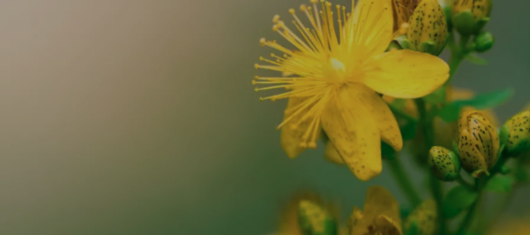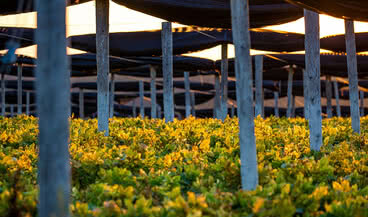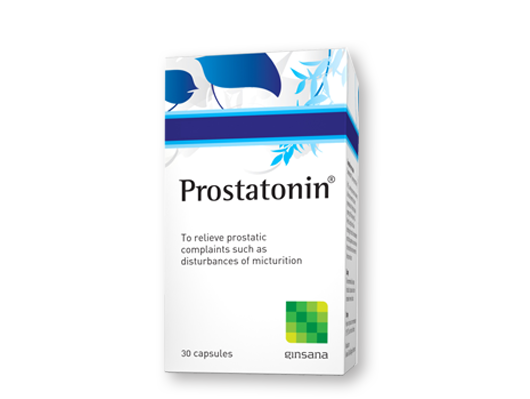Pygeum africanum and Urtica dioica in history
Pygeum africanum is an evergreen tree native to African forest regions. It normally grows in the tropical and humid equatorial mountain zones. Pygeum fruit is a red berry, resembling a cherry when ripe. The bark (red, brown or gray) is the part of the plant used for medicinal purposes.
The origin of its use is documented back to the early 19th century. The ground bark was used in a water, tea, or milk mixture as a drug, to relieve urinary symptoms, gastric pain and urinary disorders.
Urtica dioica, more commonly known as stinging nettle, is native to Europe and Asia and is found widely around the world. It has leaves and stems with stinging hairs that inject a mix of chemicals that cause a stinging sensation when touched.
Urtica dioica has also been used medicinally for its blood-building and wound-healing properties. It has often been used in diabetic teas and for bilious complaints. Since ancient times, the stinging nettle of the plant that is present on the leaves and stems, has been used as a diuretic, astringent, expectorant and anti-haemorrhagic.
In modern medicine, the roots have been used for micturition problems due to prostatitis and in the first stages of BPH.4




